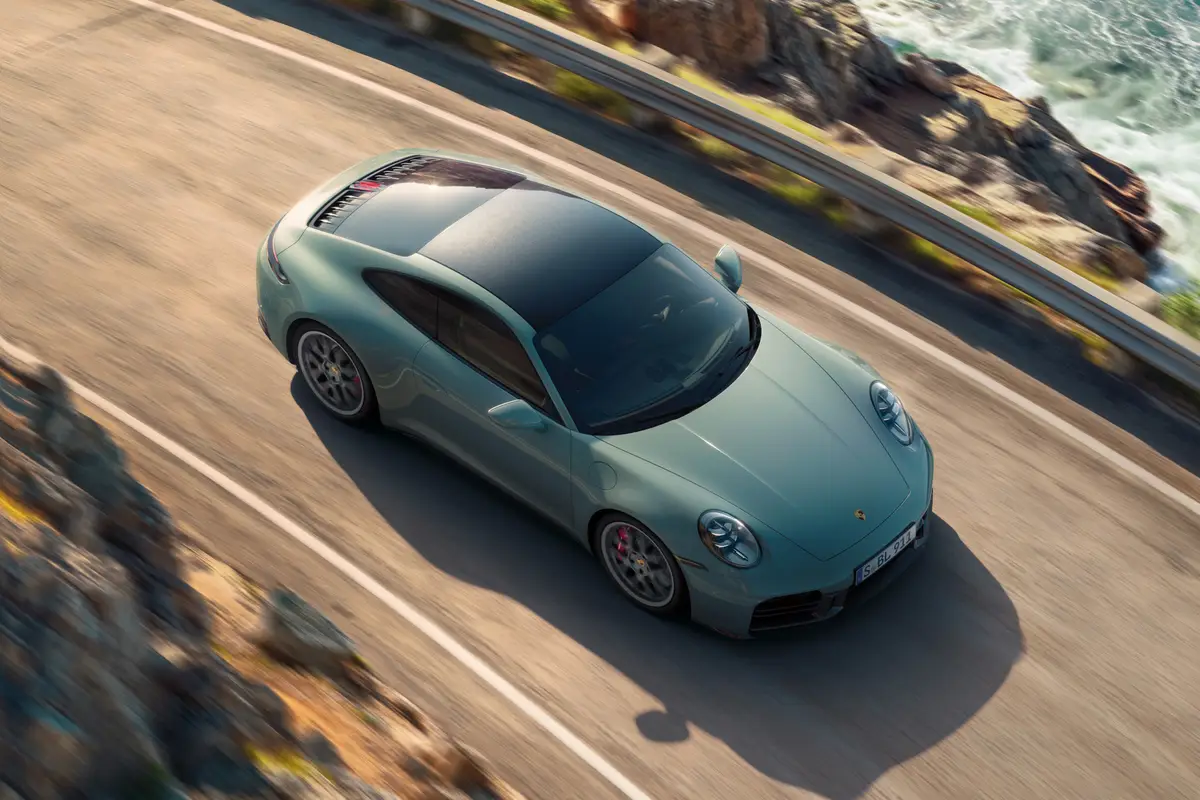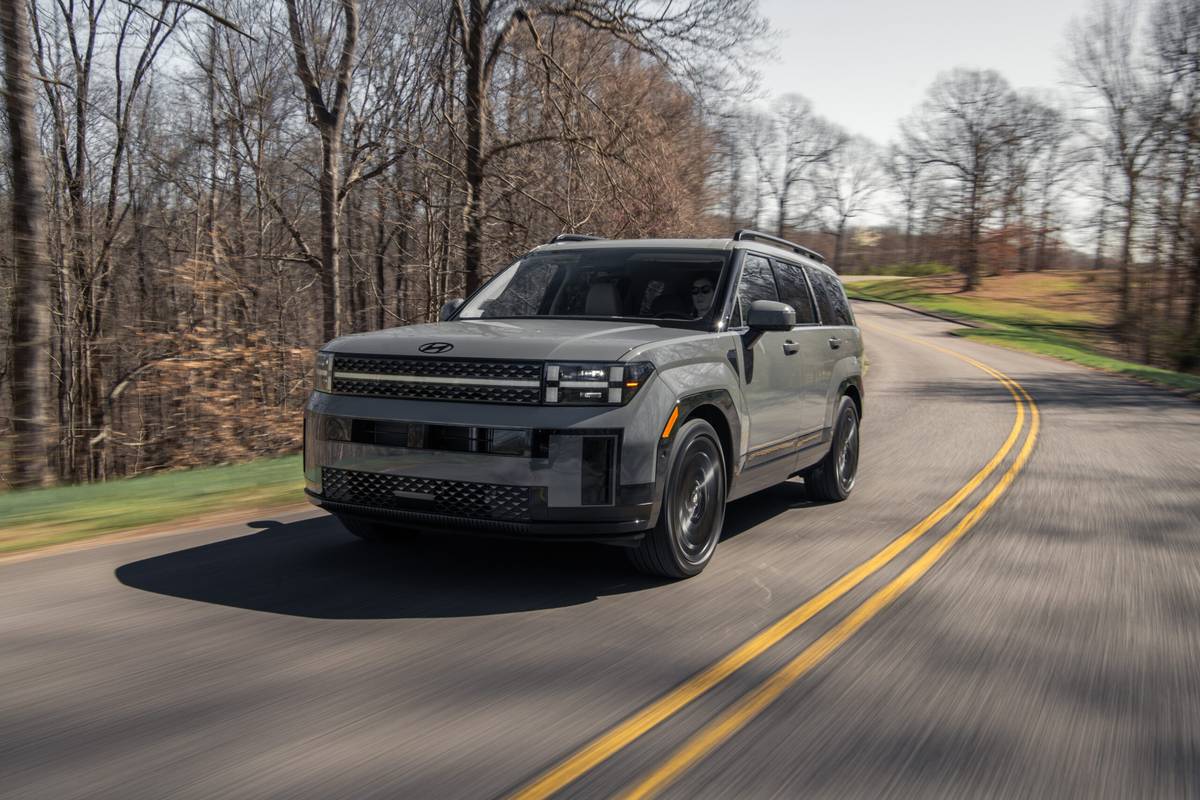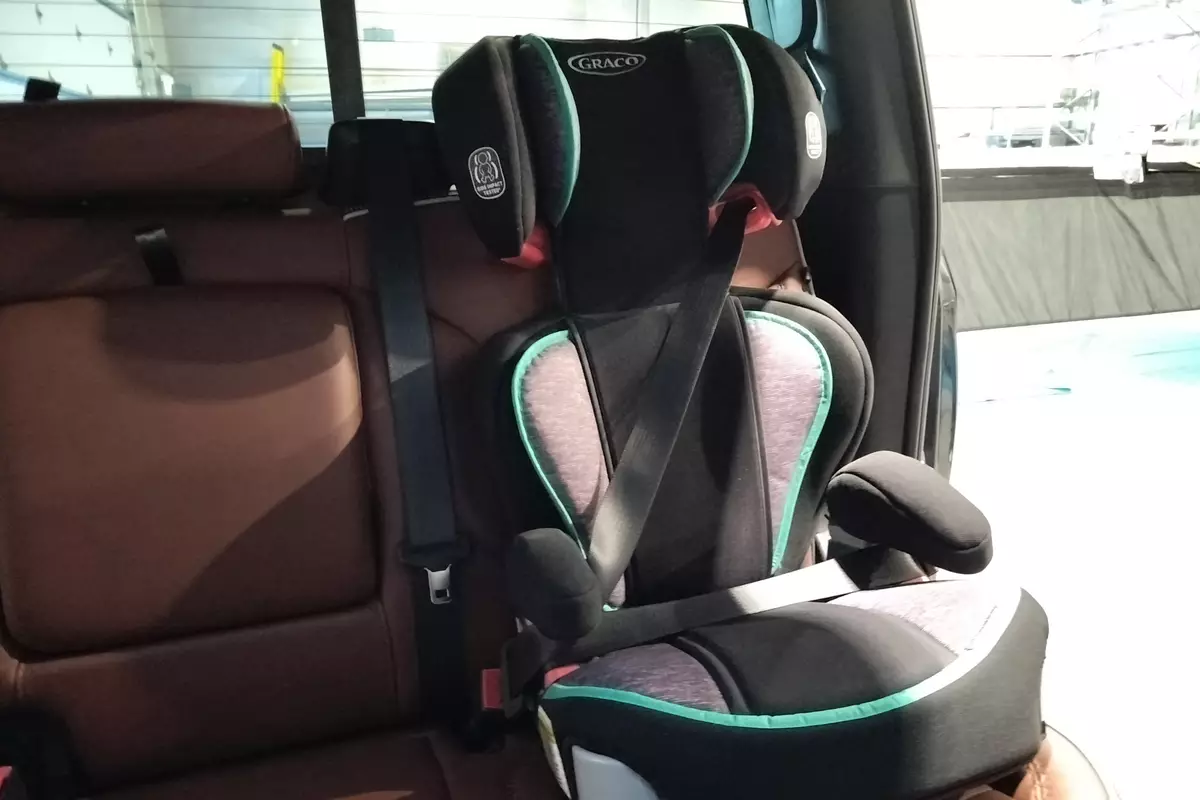Boston.com's view
It is 1970 and a 12-year-old Volkswagen convertible crawls across a frozen New England landscape, 30-odd horses thumping in the rear engine compartment as the Bug slowly climbs a long hill and traffic builds up behind.
Inside, a college student heading back to campus from Christmas break is dressed the way you dressed back then to drive a Beetle in winter: heavy boots with felt liners, long underwear and wool pants, parka, wool hat pulled down over his ears, mittens.
His right hand is on the steering wheel and his left grips an ice scraper with which he continuosly scrapes away the frost that his own breath paints on the windshield inches from his nose. Volkswagen and heating/defrosting systems were mutually exclusive terms in those days.
Jump ahead 29 years. A turbocharged, 1999 Beetle is fired up on a chill, early spring morning. A touch of frost has caked the windshield and the road out to town starts with a steep climb. In only a minute, heat pours from vents and the frost disappears. The Beetle bursts up the hill, its 1.8-liter, turbocharged engine as silky and quiet as an electric motor even as the transmission is shifted into fifth.
Out on the highway, the Beetle moves nimbly, bursting ahead here, changing lanes there, catching many other drivers by surprise to be passed by a . . . Beetle?
But though its shape — half an egg with bulbous fenders — may be evocative of the Beetles of the days of peace and love, this is not Sunshine’s Beetle. That old Bug, afterall, chugged its way though the counterculture years. This one has a rear spoiler on the roof that pops up automatically at 93 miles per hour — warp speed in Sunshine’s day — or can be raised with the push of a button at lower speeds.
With the 1999 turbocharged new Beetle, Volkswagen has reached back to the past, even while bringing us stealthily into the future.
They’ve put the engine up front and put the body on what is virtually the same platform that sits beneath the Golf or Jetta. They’ve kept it so ugly on the outside it’s still cute. Inside, they have maintained the feel of sitting inside a dome, though this one, with large windows all around, is more like a glass bubble than a tin egg. It’s a look that works; ask any dealer how long the waiting list is to buy one. And, those lists will only continue to grow even as the cost of this hot, next generation of new Beetles hits the $20,000 price tag.
The huge windshield is positioned well away from the driver, out there on the flats of a dashboard reminiscent of the Toyota Previa van. In the GLX model tested, the seats are leather and heated, the steering wheel is wrapped in leather, and six-spoke alloy wheels make the low-crouching Bug look like it is ready to leap.
The lilac glow of the instrument panels, offset by the red stripes of needles on gauges, lights the cockpit in a futuristic glow at night. The basics are right before you in one round p anel: speed, tachometer, fuel.
Two things differ greatly from the old Bug: There is no fuel tank in front of you, and all that empty space that would crush like a cheap can in a crash has been filled with engine. Meanwhile, the spear-like steering column of the old Bugs has been replaced with a collapsible one. The government crash tested 14 cars in this class last year and Volkswagen came out on top.
Gone, also, is the distinctive sound of the thumping, air-cooled VW engine. Have there been more distinctive engine sounds on America’s highways than those of the Harley-Davidson V-Twin and the Volkswagen?
In handling, the new Beetle is reminiscent of the early Saab 900s, with the distinctive tight steering of front-wheel drive autos and a snappiness when given gas.
My biggest complaint about the interior is with the seats, which are quite comfortable from the butt and up through the back, but far too soft beneath the thighs and knees. A more rigid front panel the seat would help.
Bill Pickering, a VW enthusiast from Exeter, N.H., owns a new Beetle — though not the turbocharged model — and says it compares wonderfully in terms of fun and nostalgia with his other Bug, a 1953, impeccably restored, maintained, and driven thousands of miles every summer and fall.
This, the second model year of the new Beetle, shows that this is still a work in progress. They’ve got the evocation down. Now they’re working on performance. The 1.8T, which goes on sale this week, is powered by a transverse-mounted, 4-cylinder, 20-valve engine that cranks out 150 horsepower. (Pickering points out that he has a Judson supercharger that he could slap onto his 1953 Bug and boost it from 36 to 50 horses.)
Folks who rushed out to buy the 1998s or the early 1999s may soon be found back in the showroom once word of this model gets out — which is, after all, how the car business works.
The 5-speed shifter clicks deftly through the gears without the clumsy long throw of the old models. The front suspension — McPherson strut design with control arms, stabilizer bar and coil spring struts — is matched with a rear setup of independent torsion beam axle and integrated sway bar.
It is a good setup to a point — the point being that with all this new power in a 2,921-pound car ready to leap out of the corners, a stiffer setup would be better. Power has gotten just a bit ahead of suspension here.
But again, this is a work in progress and right now, at this price, this is as much fun as you can find in a sensible commuter car. Unless, of course, you want to await the evolution. An Rsi model prototype unveiled recently will almost certainly lead, a Volkswagen spokesman said, to an ever higher level of Bug: a V-6 engine, 200-plus horsepower, all-wheel-drive model.
Nice touches:
– Webbed map pouches on each door.
– A sunglasses holder in the ceiling just above the driver’s door.
– A small storage compartment in the ceiling just above the mirror.
– The single joystick on the driver’s door that operates both mirrors.
Annoyances:
– I know this is purely personal taste, but as soon as I got in the car, the daisy in the little vase mounted on the dash went into the glove compartment. When I think of daisies and the ’60s and ’70s, I see them stuck in gun barrels, not vases on Beetle dashes.
– The cup holders set ahead of the shift lever and partly under the dash. Hard, if not impossible, to use.
– The tiny antenna mounted on the rear roof. Too much static in places where reception is usually good. Give us a big antenna.
Latest news



